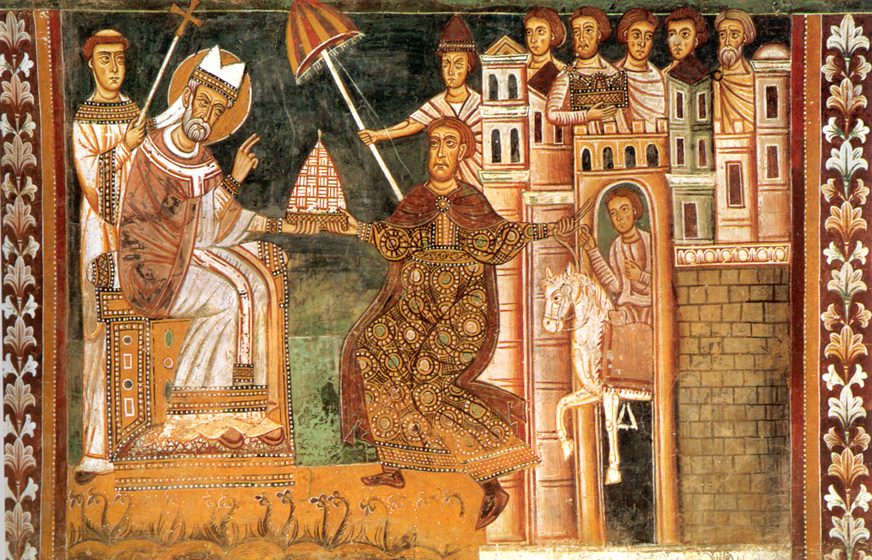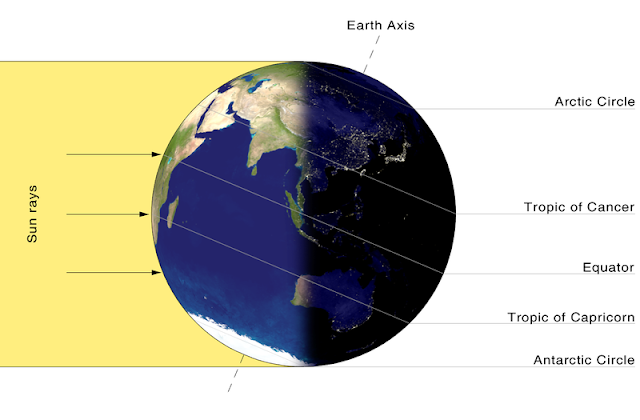Te Deum laudamus!
Merry Christmas on this Seventh Day of the Octave of Christmas!
On this last day of the Year of Our Lord, Two Thousand and Twenty Two, it is right to recall the blessing of the past year, and, of course, to pray or chant the great Te Deum.
There is actually a plenary indulgence for praying this great prayer of Thanksgiving on the last day of the year, under the usual conditions: "The Te Deum. PLENARY INDULGENCE when recited publicly on the last day of the year. Otherwise a partial indulgence is granted to those who recite the Te Deum in thanksgiving." Cf., Enchiridion indulgentiarum
The Te Deum:
| TE DEUM laudamus: te Dominum confitemur. | O GOD, we praise Thee: we acknowledge Thee to be the Lord. |
| Te aeternum Patrem omnis terra veneratur. | Everlasting Father, all the earth doth worship Thee. |
| Tibi omnes Angeli; tibi Caeli et universae Potestates; | To Thee all the Angels, the Heavens and all the Powers, |
| Tibi Cherubim et Seraphim incessabili voce proclamant: | all the Cherubim and Seraphim, unceasingly proclaim: |
| Sanctus, Sanctus, Sanctus, Dominus Deus Sabaoth. | Holy, Holy, Holy, Lord God of Hosts! |
| Pleni sunt caeli et terra maiestatis gloriae tuae. | Heaven and earth are full of the Majesty of Thy glory. |
| Te gloriosus Apostolorum chorus, | The glorious choir of the Apostles, |
| Te Prophetarum laudabilis numerus, | the wonderful company of Prophets, |
| Te Martyrum candidatus laudat exercitus. | the white-robed army of Martyrs, praise Thee. |
| Te per orbem terrarum sancta confitetur Ecclesia, | Holy Church throughout the world doth acknowledge Thee: |
| Patrem immensae maiestatis: | the Father of infinite Majesty; |
| Venerandum tuum verum et unicum Filium; | Thy adorable, true and only Son; |
| Sanctum quoque Paraclitum Spiritum. | and the Holy Spirit, the Comforter. |
| Tu Rex gloriae, Christe. | O Christ, Thou art the King of glory! |
| Tu Patris sempiternus es Filius. | Thou art the everlasting Son of the Father. |
| Tu ad liberandum suscepturus hominem, non horruisti Virginis uterum. | Thou, having taken it upon Thyself to deliver man, didst not disdain the Virgin's womb. |
| Tu, devicto mortis aculeo, aperuisti credentibus regna caelorum. | Thou overcame the sting of death and hast opened to believers the Kingdom of Heaven. |
| Tu ad dexteram Dei sedes, in gloria Patris. | Thou sitest at the right hand of God, in the glory of the Father. |
| Iudex crederis esse venturus. | We believe that Thou shalt come to be our Judge. |
| Te ergo quaesumus, tuis famulis subveni: quos pretioso sanguine redemisti. | We beseech Thee, therefore, to help Thy servants whom Thou hast redeemed with Thy Precious Blood. |
| Aeterna fac cum sanctis tuis in gloria numerari. | Make them to be numbered with Thy Saints in everlasting glory. |
| V. Salvum fac populum tuum, Domine, et benedic hereditati tuae. | V. Save Thy people, O Lord, and bless Thine inheritance! |
| R. Et rege eos, et extolle illos usque in aeternum. | R. Govern them, and raise them up forever. |
| V. Per singulos dies benedicimus te. | V. Every day we thank Thee. |
| R. Et laudamus nomen tuum in saeculum, et in saeculum saeculi. | R. And we praise Thy Name forever, yea, forever and ever. |
| V. Dignare, Domine, die isto sine peccato nos custodire. | V. O Lord, deign to keep us from sin this day. |
| R. Miserere nostri, Domine, miserere nostri. | R. Have mercy on us, O Lord, have mercy on us. |
| V. Fiat misericordia tua, Domine, super nos, quemadmodum speravimus in te. | V. Let Thy mercy, O Lord, be upon us, for we have hoped in Thee. |
| R. In te, Domine, speravi: non confundar in aeternum. | R. O Lord, in Thee I have hoped; let me never be put to shame. |
Here is an account of the prayer:
Old Catholic Encyclopedia: Te Deum
Here is the Gregorian Chant setting of the Te Deum:
Here is a setting of the Te Deum by Franz Josef Haydn, his Te Deum for Maria Theresa, one of many magnificent settings of this prayer by different composers:

Pope St. Sylvester I with the Emperor Constantine.
Today is also the Feast of Pope St. Sylvester I, the Roman Pontiff during the period of Emperor Constantine I "the Great." St. Sylvester sat in the Chair of St. Peter from AD314, immediately following the Edict of Milan, until his death in 335. Thus, he was the Pontiff for not only the Ecumenical Council of Nicaea in 325, but also the construction and dedication of the Basilicas of St. John Lateran, St. Peter's, and St. Paul's in Rome. He is one of the first non-martyrs to be venerated as a saint, and guided the Church through a remarkable era.
For more on Pope St. Sylvester I, visit:
Old Catholic Encyclopedia: St. Sylvester I
Catholic Saints Info: Pope St. Sylvester
Seasonal Customs (Fisheaters): St. Sylvester
Merry Christmas and live well!











